Best Deck Screws Review
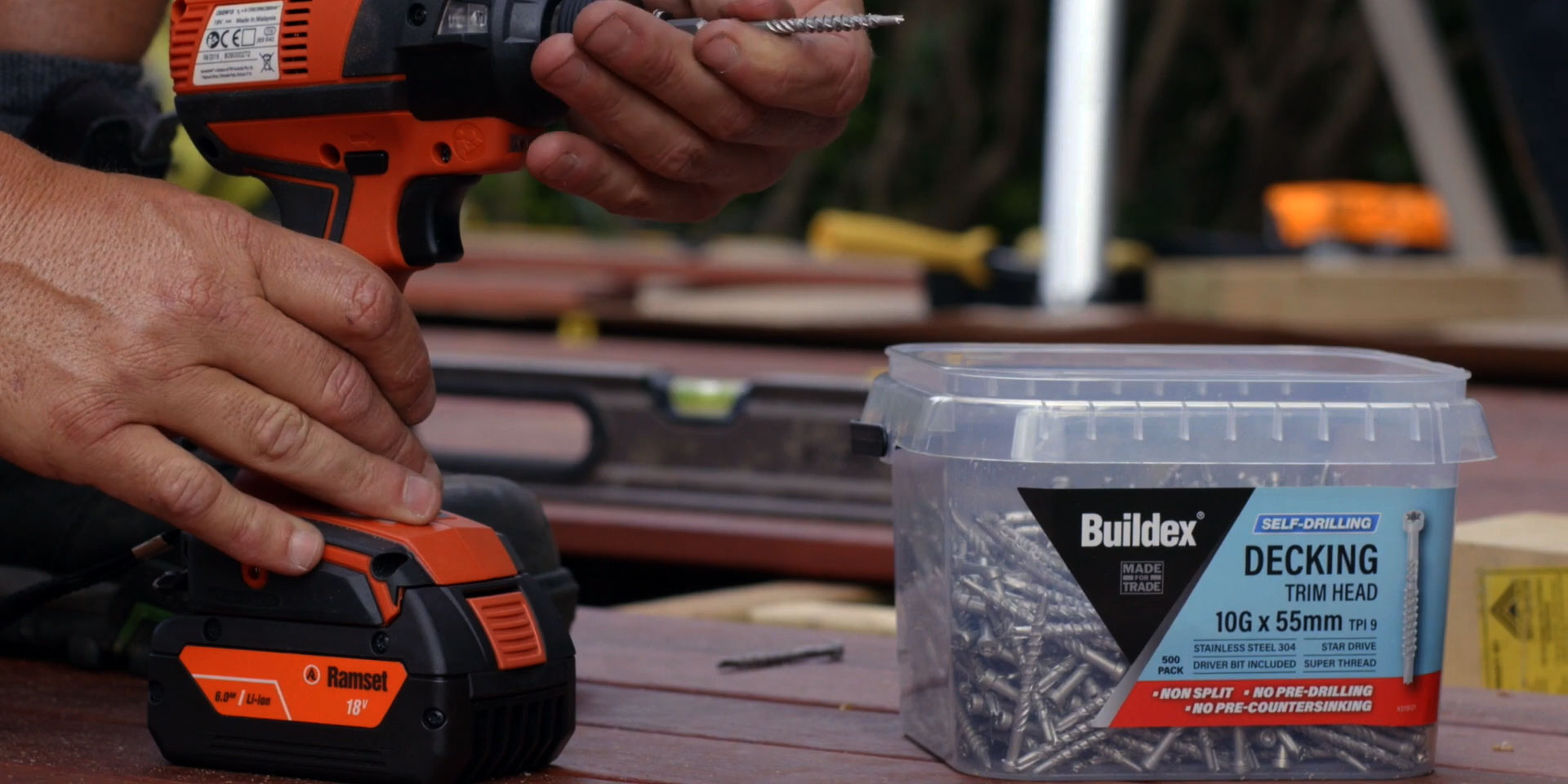
If you’re thinking about building or fixing a patio, most likely, you would like your home to look somewhat neat and posh.
Finally, a porch is actually quite common as a pleasant and unwinding place to sip your morning cup of coffee or pass a lovely afternoon on the weekends. In order to enjoy this kind of luxury, you will have to construct and care for your patio in the proper way. And this is where the best screws for decking come into play and have a significant role here.
All of us come with distinct likes and dislikes when it concerns patio design finishing touches and materials. Regardless of your preference, this guide equips you with quick but useful tips on the issue.
Best deck screws review
Power Pro 48611 – best overall
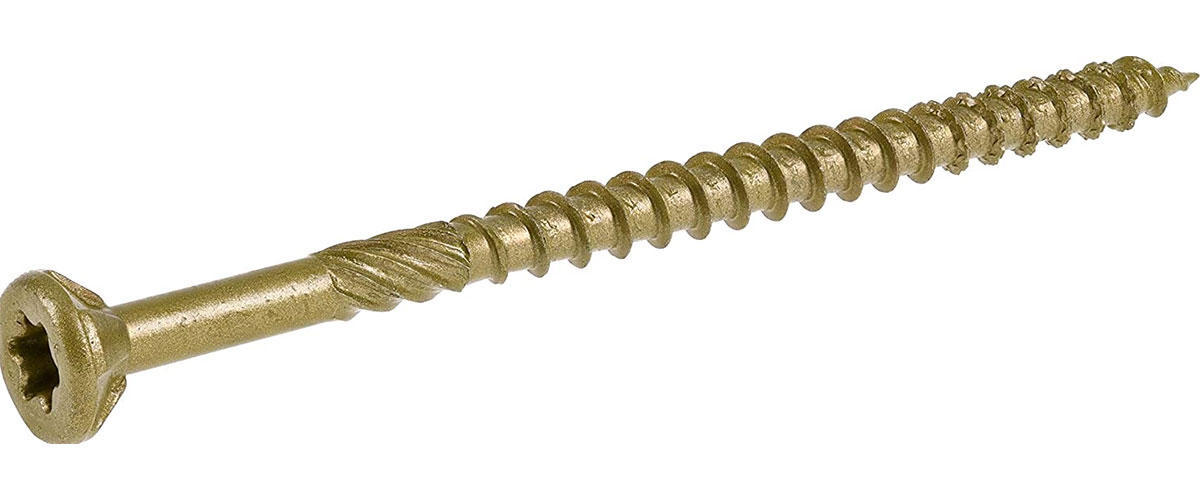
For the terrace, the Power Pro screw is amazing. Since it is built from premium alloy steel and features a rust-resistant coating, the screw is tough and long-lasting. It features a gap-free, twisted shaft that softly deforms the hole to cut down on friction. The design effectively lowers wood cleavage by 75%.

The screw is produced with a strip-free star drive offering 6 points of engagement to maximize drive momentum and avoid splitting. The #9 x 3″ size makes this screw suitable for most applications. The countersink blades, meanwhile, permit accurate cutting of holes.
If you’re searching for the best deck screws that will speed up your operation and achieve neater finishes in pressure-treated wood, be sure to give these Power Pro screws a check.
Pros
- Innovative Bore-Fast thread for quicker driving in
- Twisted stem minimizes cleavage and tearing
- Bronze epoxy finish prevents rust and corrosion
Cons
- Certain consumers reported their dissatisfaction with the quantity
SNUG Fasteners SNG919 – best budget

The decking screw provides a long-term grip because of its tough thread. Moreover, it is exceptionally hard-wearing with the use of stainless steel. The Ultra-Guard coating, with its high level of rust resistance, means that the screw is rugged and has a long lifetime.
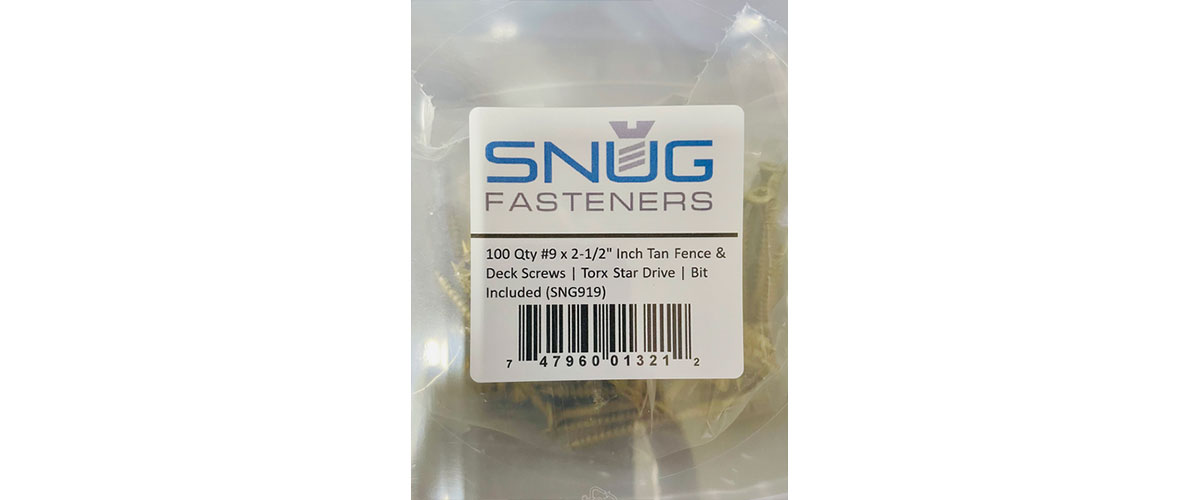
You will appreciate the beetle-shaped head, fitted with springs for a more invisible touch. You can work quite effortlessly with this screw. Made with a star grip (Torx) and the size #9 x 2-1/2″, it simplifies the installation process
These are fine for decking projects, but they are not super durable. I find that they strip and twist more easily than other brands of screws.
Pros
- Suitable for pressure-treated wood
- Has a great resistance to corrosion
- The bracket head of the screw is properly camouflaged
Cons
- Coating can discolor light-colored wood
Deck Plus 48414 – also great choice
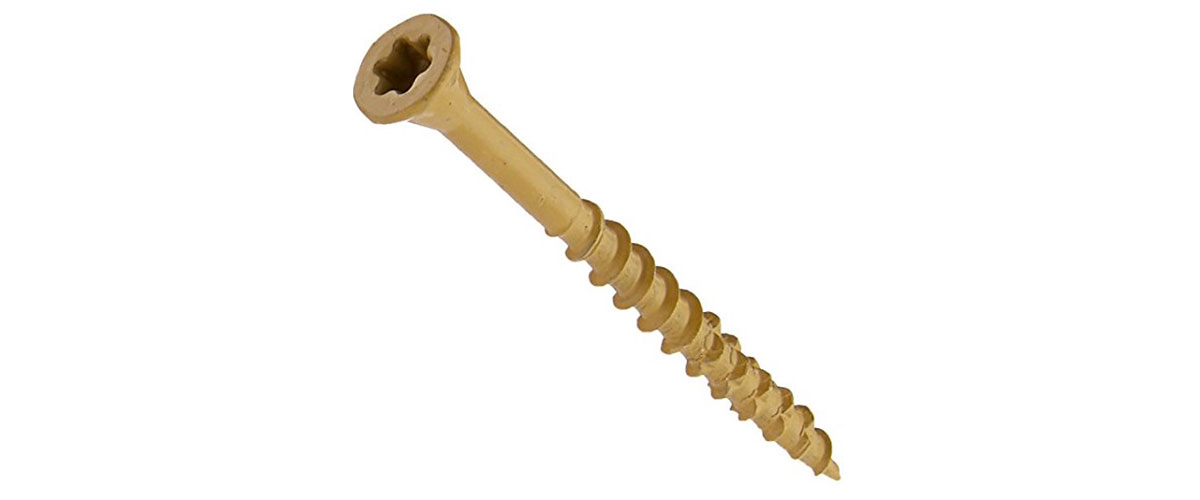
Deck Plus screws are among the finest patio screws for pressurized wood and are useful for a range of purposes thanks to their size #8 x 2″. Its abrasive thread ensures that it is highly resistant to rust and spots, which adds to its endurance. It is also made of alloy steel, which gives it a long life. The screw features a star drive that keeps its wear to a bare minimum. Its anti-slip start drive head helps keep drilling smooth and rapid.

Fine Screws. The star/Torx head renders screwing in nearly hassle-free. All in all, I would definitely suggest them for light to medium duty screw applications. Would buy them again at any time.
Pros
- Antirust is a characteristic sign of the screw
- No chipping occurs with this screw
- Drilling can be performed properly and seamlessly
Cons
- The rectangular drives suffer from quick wear
Jake Sales Dark Brown – best for composite
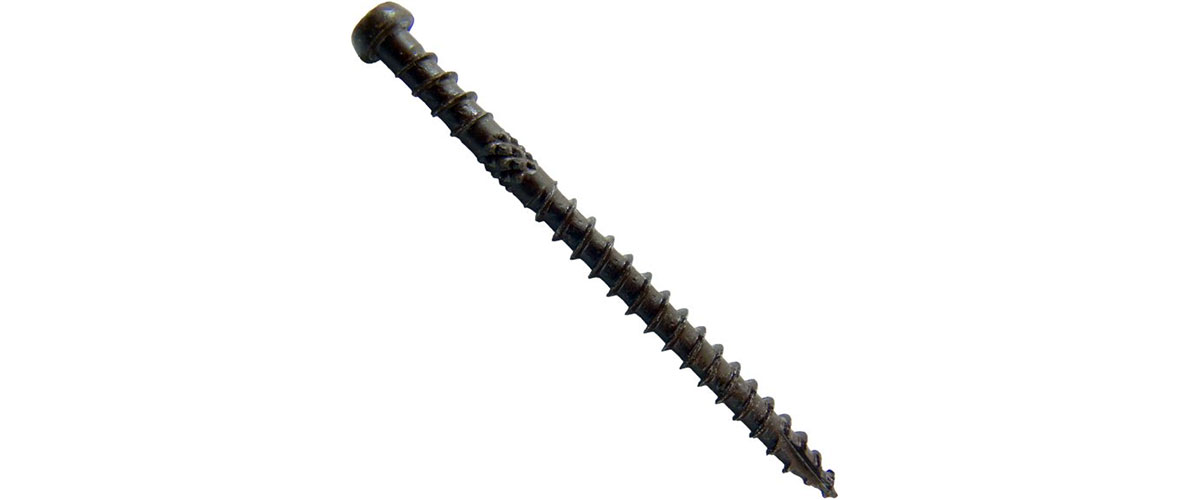
The auto-drilling design and ultra-sharp point eliminate the hassle of pilot drilling, even on harder timber. The star drive/ Torx can accept up to double the rotational force of Phillips or rectangular screws.
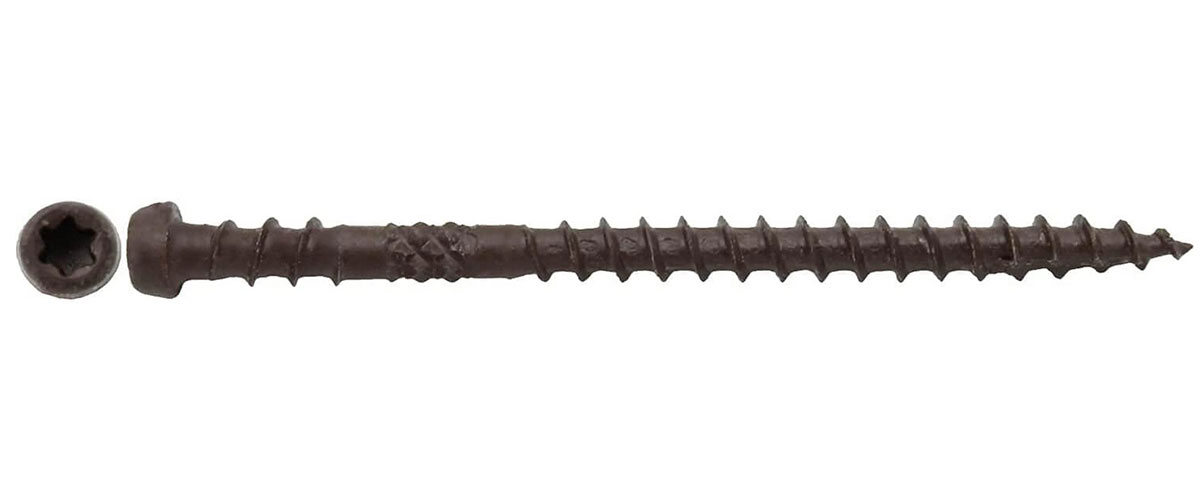
The thread on all of the best composite deck screws is low, wide as well as keen to suit the finished wood for the terrace molding. These #10 2 3⁄4-inch decking screws are finished with a rust-resistant coating that comes in a wide range of shades to complement your patio finish or paint color.
These screws are superior. The tops do not loosen as quickly and can be easily fastened. The inverted thread near the proximal edge cuts mushrooming to a minimum. Matches well in color with Trex gray terrace planks.
Pros
- Notched screw point minimizes the hassle of pilot drilling
- Anti-rust coating
- A number of color choices
Cons
- Screw drive is susceptible to stripping if used with a rotary drill
GRK RSS-185 – best for for deck framing
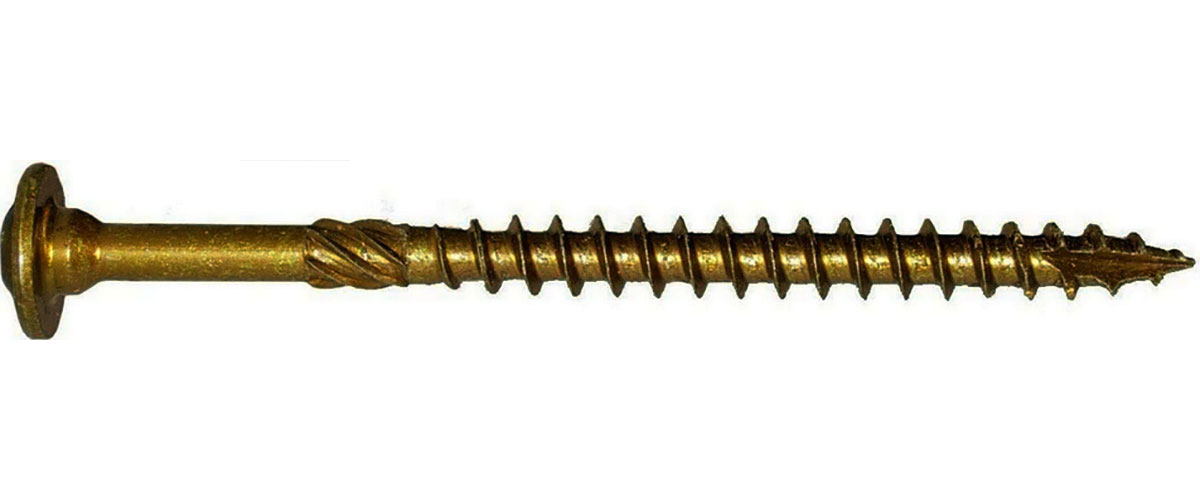
They consist of uniquely alloy steel and deliver superior pull strength, torque, total rigidity, and resistance to shear. Their size is perfect for the work of building and repairing a porch. Their size #10 x 3 ⅛ inch is perfect for the work of building and repairing a porch
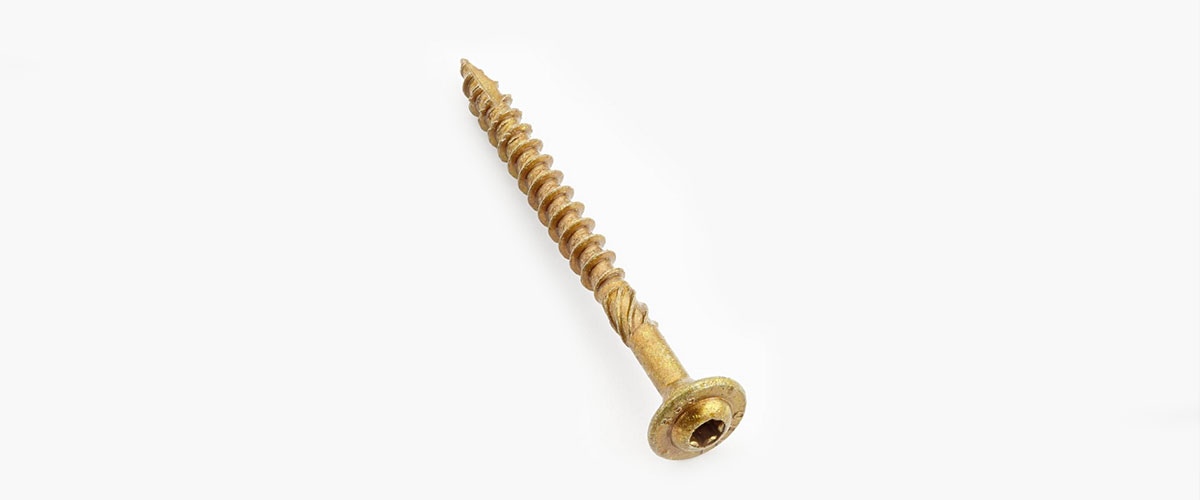
The deck screws for pressure-treated wood feature sharp threads and peaks that rapidly bond with the framework compound minimizing the formation of gaps. Six CEE threads along the middle shaft expand the screw opening for the upper, unthreaded shaft, helping the wood to set and enhancing the screw’s resistance to tensile stress.
Due to their composition (hardened steel), they get the strength of a nail and simultaneously the usefulness of a screw. This cannot be said of ceramic-coated screws for exterior applications, which under the right conditions simply break apart.
Pros
- Self-tapping design for smoother screwing in
- Twisted shaft minimizes splitting and cracking
- Anti-corrosion brass finish
Cons
- Well-rounded head can get annoying underfoot
Screws for decking buying guide
Screws materials and coatings
There are many factors to consider when choosing the right deck screws for your projects, such as the type of material you’re using and the coating you prefer.
Materials for deck screws include brass, bronze, stainless steel and hot-dipped galvanized. Each has its own benefits in terms of strength, durability and compatibility. For example, brass is more pliable than other materials, making it ideal for working with softer woods. Bronze is naturally corrosion-resistant, making it a good choice for exposed or outdoor projects. Stainless steel screws are the strongest option, but they’re also the most expensive.
As for coatings, the most common choices are zinc and black oxide. Zinc-coated screws have a bright, shiny finish and offer good corrosion resistance. Black oxide screws have a matte finish and provide moderate corrosion resistance. Other options include galvanized, which is a zinc coating with a thicker layer of protection, and brass, which has a golden hue.
When choosing deck screws, it’s important to consider the type of project you’re working on and the materials you’re using. With so many options available, there’s sure to be a screw that’s perfect for your needs.
Screws head types
There are a few different types of deck screws heads, each with its own purpose. Understanding the differences between them will help you select the right type for your project. Here is a look at the three most common types of deck screws heads.
Phillips Head
The Phillips head deck screw is the most common type of screw used for fastening wood. It has a cross-shaped head that allows a screwdriver to bite into the material, providing extra grip and preventing the head from slipping.
Square Drive Head
The square-drive head deck screw is designed for use with power tools. It has a square-shaped recess in the head that accepts a corresponding bit, providing extra grip and preventing the head from slipping.
Torx Head
The Torx head deck screw is designed for use with power tools. It has a star-shaped recess in the head that accepts a corresponding bit, providing extra grip and preventing the head from slipping.
Drive types and threads
Deck screws are available with a variety of thread patterns. Choosing the right pattern can be confusing. Here is some basic information to help you select the right deck screw.
Deck screws are made with a variety of different thread patterns. The most common are ACQ, Phillips II, and Trim Head.
ACQ deck screws have a special coating that is designed to resist corrosion from treated lumber. These screws are available in Phillips II and Trim Head styles.
Phillips II deck screws are the most common type of screw. They are available in a variety of lengths and gauges.
Trim Head deck screws have a smaller head than Phillips II screws. They are less likely to strip out, making them a good choice for softwoods.
What screws size do I need for decking?
The size of the screw is one important consideration, as larger screws will hold the boards more securely in place. Another factor to consider is the type of screw head – some heads are better suited for use with particular materials than others.
For example, a Phillips head screw is often used with softer woods, while a square drive or Torx head is better for harder woods. It is also worth considering the length of the screw – longer screws will provide more holding power, but may be difficult to install in some situations. Ultimately, the best screw for your decking project will depend on the materials you are using and the specific needs of your project.
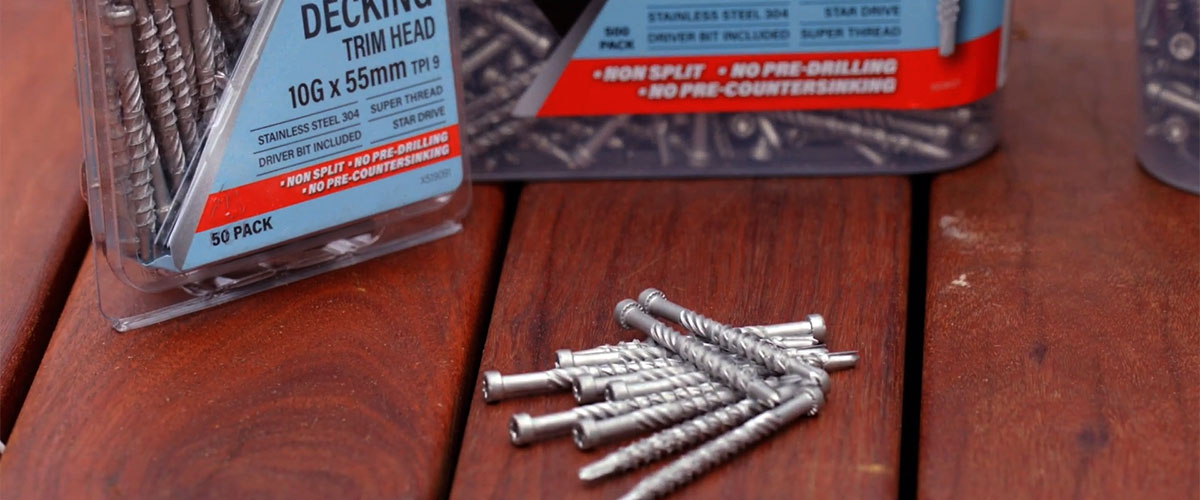
FAQ
Do I need special screws for decking?
It depends on the type of screws you’re using. If you’re using lag screws, then you don’t need any special screws. If you’re using wood screws, then you’ll need to use star drive screws.
How many deck screws do I need?
Too few and your deck could come apart; too many and you’ll be busting your budget. That’s why it’s important to calculate the number of screws you’ll need before you begin your project.
To do this, you’ll first need to determine the square footage of your deck. To do that, simply multiply the length of the deck by its width. Once you have that number, divide it by 100 to find out how many screws you’ll need.
Should there be a gap between decking boards?
There should not be a gap between decking boards if they are properly installed. If a gap does form, it can be filled with a sealant or caulk.
What is the proper spacing between deck boards?
The proper spacing between deck boards is typically about 2 inches.
What happens if you don’t leave gaps in decking?
If you don’t leave gaps in decking, the boards will cup and warp. In addition, water will seep underneath the boards and cause them to rot.
Is there a difference between cheap and more expensive deck screws?
There is a difference. More expensive screws are made of higher quality steel, which makes them stronger and less likely to strip the wood when you drive them in. They also have a coating that helps them resist rusting.
Can I use wood screws for deck boards?
Yes, you can use wood screws for deck boards.
